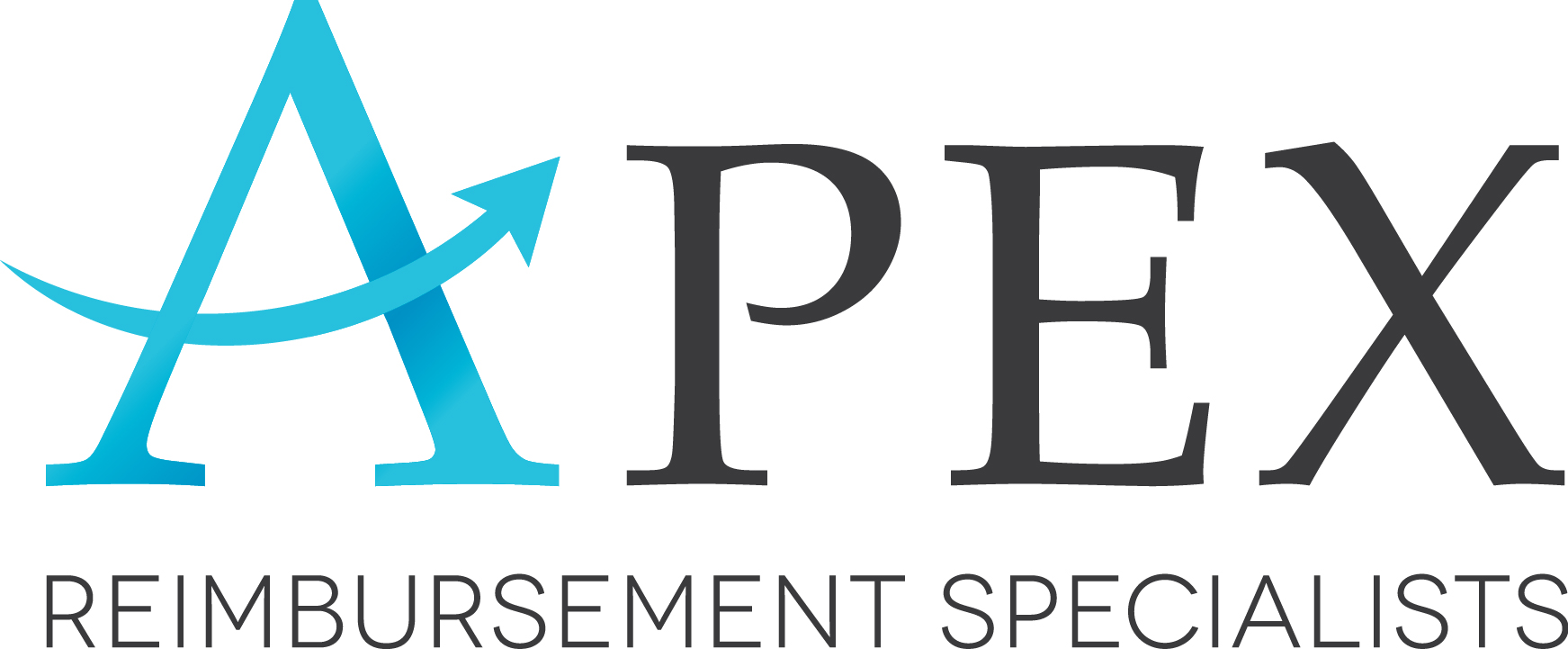As a dental professional and practice owner, you should have clear, definable goals regarding accounts receivable payment performance. No team will be able to help you reach a goal if the goal is vague or not defined at all. If you’re an accounts receivable newbie or just looking to get your practice back on track, here’s what you should know about your numbers.
The Problem of Accounts Receivable
Across the field of accounts receivable management, healthcare and dental are the most significant sources of debt for most adults. Over 26% of adults 18-64 reported that a household member struggled to pay medical or dental bills in the past year. 41% indicated trouble trying to pay dental bills specifically. Since patients have difficulty footing the bill for dental treatment, dental practices often have major problems with collecting.
What Should your AR Numbers Be?
One study of almost 13,000 dental practices in 2016 found the average accounts receivable per practice sitting at $116,744.18. AR is on the rise and rose 36% in the 5-year period preceding that study. Many practices are uncomfortable discussing money with patients, and let them stroll out the door after costly procedures with a brief conversation ending in “I am reviewing my payment options.” That is not acceptable! Your total AR should be lower than your month’s production. Take your accounts receivable and divide it by total monthly production. If it’s less than 1, you’re in good shape. If it’s higher, you have room for improvement.
The Best Ways to Collect Time of Service
- Offer patients a discount if payment is received at the time the appointment is scheduled. You could also extend a discount to patients who pay by check or cash since you will not need to pay any credit card processing fees.
- Ask for payment at check-out, regardless of whether or not you think the patient will be able to pay. Many people will pay immediately after you ask, and once you make it clear that payment is expected at time of service, other patients will get the hint.
- Offer 2-3 different forms of financing to patients. Consider offering an in-house payment plan if you can afford to do so. Offering financing fosters patient loyalty and benefits your patients’ oral health. However, be cautious when extending financing to patients, as it is not right for every practice.
- If your practice currently bills on a 30-day basis, speed things up and bill every 10 or 15 days instead. The squeaky wheel gets the grease, so don’t worry about being a little bit squeaky to get paid.
Improve Your Practice with Help from APEX
Whether you need a refresher on proper coding procedures or need to overhaul your billing procedures, our experts can help. Contact our team today by calling (410) 710-6005. We look forward to working with you to make your practice a more profitable place.

